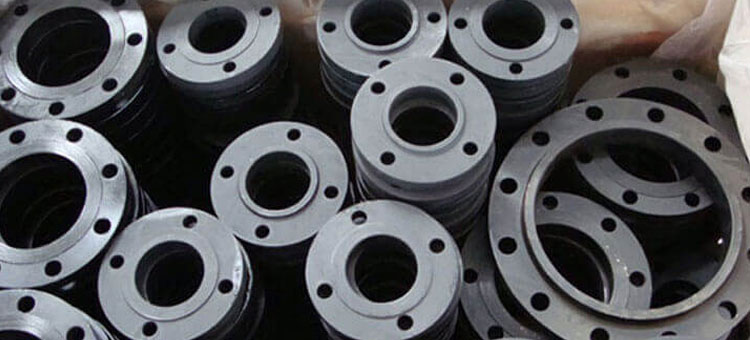A stainless steel flanges is a cast ring designed to connect sections of pipe or any other machinery that requires a connecting joint. Flanges come in a variety of materials, types/forms, sizes, diameters, and measures, so it’s crucial to keep that in mind when you buy any. Different flanges are available for different applications. You just have to choose your product based on the project. The following factors come in handy when it comes to what materials should be used in your applications and, therefore, some important aspects that need to be considered when buying stainless steel flanges are discussed in this article: –
What To Look For When Choosing Stainless Steel Flanges
It is important to first pay attention to the diameter of the pipes to which the flanges will be connected. In addition, knowing whether these pipes are seamless, welded, ERW, etc., will help to choose the necessary flange. Stainless steel pipe for flanges, discs, and rings that connect to pipes to increase support or strength. They are generally screwed or welded to the pipe end. These pipes are designed according to flange specifications and can be customized by manufacturers.
Choose the flange depending on the design of the project
Stainless steel flanges are available in several grades. The selection of customer products should depend on your budget and project requirements. Although high-quality products can be expensive, they are actually extremely robust. Both SS 304L Flange and SS 316L Flanges are ferrous alloys with an alloy composition of very high, about 95 percent.
SS 304 and SS 316 belong to the chromium-nickel category and are grades that withstand standard corrosion, are stronger, resist most chemicals, and have greater resistance to many types of degradation. Stainless steel 317 flange is hard-matched, low carbon with high amounts of chromium and nickel. For applications requiring intermittent heating between 800 ° F (427 ° C) and 1650 ° F (899 ° C) stainless steel, 347 flanges should be considered.
A Variety of SS Flange Types Are Available on the Market
SS Weld Neck Flanges
SS Weld neck flange is used in high-pressure and high/low-temperature applications, which require unrestricted flow of fluid conveyed by piping systems (the bore of the flange matches the bore of the pipe).
SS Blind Flanges
Ideal for piping systems, requiring regular inspections. Handling the high stress caused by the internal pressure and pressure of the fluid flowing through the pipe. Used to ’empty’ pipelines, valves, etc.
SS Slip-on Flanges
Since the connecting pipe must move inside the stainless steel slip-on flange in order to connect to the fillet welding process, the bore size of the flange is bigger than the connecting pipe’s outer diameter. Applied in low-pressure enclosed applications. When cost or space is an issue, this type is used instead of Weld neck.
SS Threaded Flanges
Assembled without welding and, therefore, easily removed. Not necessarily used for applications where bending involves stress, high temperature, or pressure. Seal welds are used in conjunction over time. To make it cost-effective, it can be supplied without a hub, or in treated coated carbon steel.
SS Lap Joint Flanges
A type of slip-on flange. aids in low alloy steel/carbon pipe maintenance. These flanges are seen similarly to slip-on flanges but feature the rounded inner edge of the flange face.
SS Socket -Weld Flanges
High-pressure Small Diameter handling applications such as steam lines. Place internal welds ensuring durability. The bore and flange of the pipe coincide giving a good flow connection.
SS Orifice Flanges
Providing access to a line for metering liquids or gases. The range of SS orifice flange covers all standard sizes and ranges and is common to all flange materials.
SS Forged Flanges
Connecting two machinery parts together helps make items stronger, and provides easy access for cleaning, inspection, and modification. Types vary by use. Mainly used in high-pressure applications.
Read More (Click Here)





